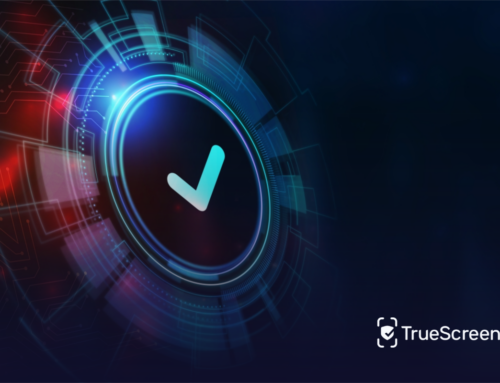Fake photos online are increasing exponentially and with it misinformation. After all, it is a natural and inevitable consequence of the ease with which you can retouch a photo with a single tap on your smartphone.
The chances of coming across a tutorial on how to edit a photo while scrolling through your Instagram, Facebook, and other social feeds are extremely high. Moving a subject, removing a detail, cropping a background now requires zero skills and zero time, so anyone can become a photo editor and share sometimes harmless, sometimes dangerous creations online.
Foto false: sempre più facili da creare e diffondere
Approximately 54,400 photos are taken per second with smartphones, a total of 1.72 trillion per year, and billions of these images,as well as videos, are shared online every day. How many of them are real? How many are false? Can you tell the true from the false?
It is evident how these data grow exponentially following technological advancement and how consequently the line between what is true and what is false grows thinner and thinner. A major problem is also the lack of a regulatory authority to control the quality of information shared online, consequently making it of low quality and reliability.
A ciò si aggiungono la semplicità e l'accessibilità con cui è possibile eseguire anche le operazioni di editing più complesse. In effetti, ogni produttore di telefoni investe e scommette molto sulla fotocamera del modello successivo: ad esempio, la qualità ancora più sorprendente di foto e video viene sempre enfatizzata nelle campagne di marketing.
Le foto di altissima qualità sono seguite dalle migliaia di app che semplificano gli strumenti di editing, consentendo così ritocchi e manipolazioni che fino a poco tempo fa erano possibili solo con strumenti professionali e complessi come photoshop. Inoltre, stiamo già assistendo alla fase successiva con Google e Apple che integrano gli strumenti di editing più popolari direttamente nei loro sistemi predefiniti. Con iOS 16, ad esempio, è possibile scontornare completamente il soggetto della foto con un solo tocco, un'operazione che prima richiedeva competenze, strumenti professionali e, soprattutto, tempo.
Con i seguenti video, mettiamo in evidenza come l'intelligenza artificiale e l'apprendimento automatico possano essere utilizzati per modificare le foto sullo smartphone in pochi istanti:
Come garantire l'autenticità di documenti e immagini con un'app
In the absence of authority and legislation to regulate this flow of manipulated photos and fake news, technology as a solution can only come into the picture again. Using the same weapon to be able to guarantee the authenticity and unchangeability of photos and restore trust in the digital world is TrueScreen’s mission.
Ensuring that a photo does not run the risk of being edited and manipulated is a new and pressing need because photos, but also video, audio, screenshots, are often used to substantiate facts or events. For this TrueScreen develops an app of the same name that validates and certifies with legal value all media files that can be captured with a mobile device.
TrueScreen is an easy-to-use and intuitive app that allows you to instantly apply a time stamp and digital seal, guaranteeing date certain of the time of capture and making manipulation of the captured content impossible.
Dall'acquisizione dei contenuti all'interno dell'applicazione alla generazione dei rapporti forensi, l'intera catena di custodia delle prove digitali viene preservata utilizzando metodologie e procedure forensi conformi allo standard ISO 27037.
Informazioni su TrueScreen
TrueScreen è l'azienda leader nella cybersecurity, specializzata nell'acquisizione, nella firma e nella gestione di dati con valore legale e probatorio.
La missione di TrueScreen è ripristinare la fiducia nelle informazioni digitali fornendo tecnologie proprietarie per combattere frodi, controversie e disinformazione.
Attraverso l'acquisizione forense e legalmente valida di contenuti multimediali, la firma di documenti e la certificazione di dati e comunicazioni online, TrueScreen offre ad aziende, professionisti e privati una gestione sicura ed efficiente dei flussi di informazioni.
TrueScreen è utilizzato da multinazionali, integratori di sistemi, società di consulenza e pubbliche amministrazioni per garantire informazioni autentiche e a prova di manomissione, migliorare l'efficienza dei processi (riducendo i tempi e i costi di implementazione) e assicurare la piena conformità alle normative internazionali in materia di acquisizione ed elaborazione dei dati.
La tecnologia proprietaria di TrueScreen è disponibile come soluzione SaaS (Software-as-a-Service) attraverso applicazioni mobili, servizi web o API/SDK facilmente integrabili per software di terze parti.
Per saperne di più su TrueScreen www.truescreen.io.





